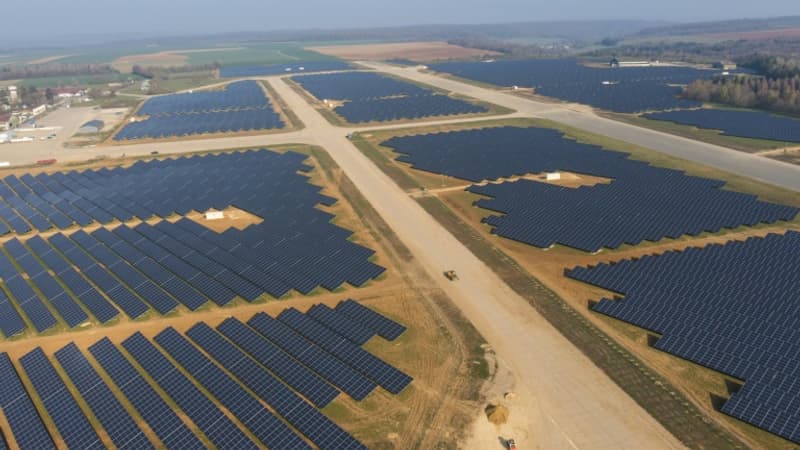The development of renewable energies divides. Both politicians and people. And among the specific handicaps of wind and solar energy that have been criticized, the intermittent and random nature of their electricity production stands out, the space that must be assigned to them based on the number of MW they can generate and their inability to integrate harmoniously into landscape, whether urban or rural.
Focus, therefore, on three projects capable of remedying these handicaps.
1. Solar ovens to produce recycled steel
It’s hard to imagine a foundry betting on solar power. The metallurgical industry is in fact one of the most electro-intensive in existence. And yet, one Swiss SME has chosen to defy this quasi-ban. Your office? Metal production for the watch industry. Panatere already supplies its customers with 100% recycled steel ingots.
A follower of the circular economy, it collects waste from watch manufacturers. But it plans to go further by melting its ingots in furnaces using a technology researchers already use: solar concentration. Using only the sun’s rays, the metal is brought to a very high temperature (up to 2000°C), melted down and shaped into ingots.
Each oven should allow him to produce 50 tons a year in a city famous for its sunshine, La Chaux-de-Fonds, a stone’s throw from the French border. The first of them should be operational in the coming months.
2. Solar farms orbiting the earth
With this second project, much less successful, the objective is to eliminate the handicaps of intermittency and the lack of available space to install solar farms on land. It is about bringing the sun where it shines 24 hours a day: in space. This energy is recovered by photovoltaic panels installed on satellites and then sent to earth by microwave, where it is converted into electricity, where it is needed, near cities.
The European Space Agency has named its project in this area Solaris. It is based on two major industrial partners: Airbus and Siemens. Together, they give themselves until 2025 to create a demonstrator, a full-size prototype, and prove that the project is viable, even financially. And if so, the first space solar farm could see the light of day in about ten years.
3. Solar trees to charge electric cars
Do combining photovoltaics with aesthetics is obviously possible. SolarBotanic Trees is one of the companies that does this. As its name suggests, this British start-up is working on the development of small tree-shaped photovoltaic units for electricity production.
Its objective is to cover the needs of people who want to produce their own electricity without having to cover the roof of their house with solar panels. She invites them to “plant” this tree in her garden.
He is also working on a “tree” that would capture the sun’s energy during the day to charge a battery whose electricity could be used to fill a car with electricity. Another model of its solar trees is aimed at car park managers and, in general, at municipalities that wish to install autonomous charging points.
Source: BFM TV


